


Salpingitis
Introduction
Salpingitis is an inflammation of the oviduct. It is a complex condition of chickens and ducks associated with various infections including Mycoplasma and bacteria (especially E. coli and occasionally Salmonella spp.). Infection may spread downwards from an infected left abdominal air sac, or may proceed upwards from the cloaca. The oviduct is a hollow tube joining the normally sterile environment of the body cavity with the cloaca, which normally has many millions of potentially pathogenic bacteria. The control of infection in this area is probably achieved by ciliated epithelium that mostly wafts a carpet of mucus towards the cloaca. Anything that damages the epithelium or disturbs normal oviduct motility is likely to increase the likelihood of salpingitis. Systemic viral infections that cause ovarian regression or damage to the oviduct or cloaca, are especially prone to increasing salpingitis.
Signs
- Sporadic loss of lay.
- Death.
- Damaged vents, leaking urates.
- Distended abdomen.
- Some birds may 'lay' a caseous mass of pus (which may be found in a nest or on the egg belt).
Post-mortem lesions
- Slight to marked distension of oviduct with exudate.
- May form a multi-layered caseous cast in oviduct or be amorphous.
- Peritonitis.
Diagnosis
Use the signs to select birds for culling and post-mortem investigation.
Lesions.
Bacteriology of oviduct.
Treatment
Birds with well-developed lesions are unlikely to respond to medication. Use of a suitable antimicrobial may be beneficial for birds in the early stages and if associated with efforts to minimise risk factors.
Prevention
Control any septicaemia earlier in life, use healthy parent flocks, immunise effectively against respiratory viral pathogens common in the area.







